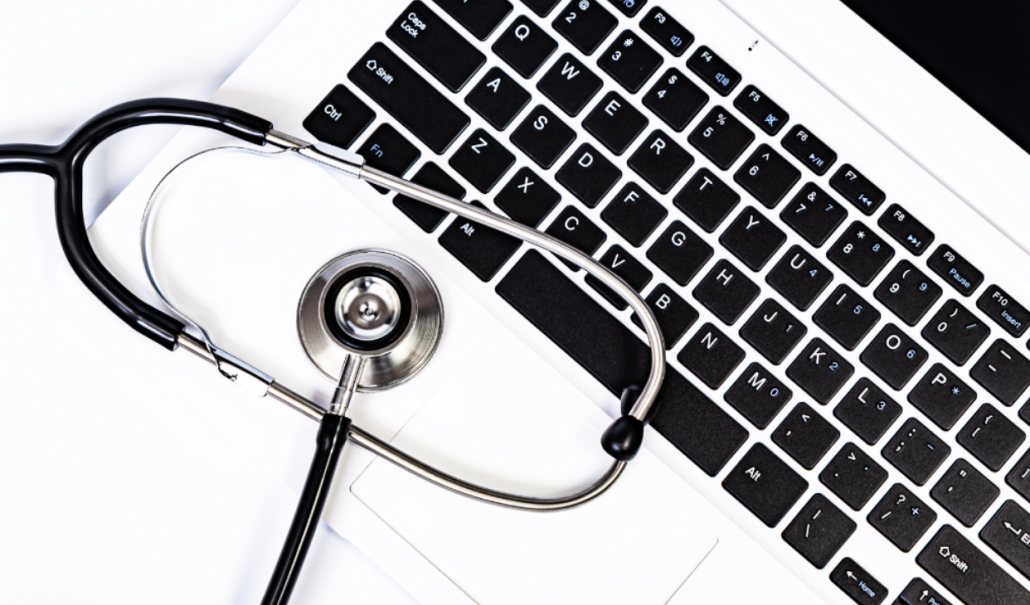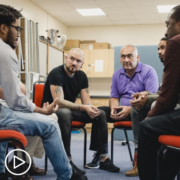Breast Cancer Telemedicine Tips: How to Make the Most of Your Visit
We all have acknowledged that the silver lining of the COVID-19 pandemic has been the use of telehealth services. You should have a choice on who you feel comfortable with on your healthcare team and now telemedicine grants that choice to many populations.
Newly diagnosed breast cancer patients living in a rural area or farther from major academic health centers are now able to obtain second opinions from experts without travel and with minimal exposure to COVID-19. The quality of a televisit does not differ from an in-person visit. Although you’ll be without a physical exam, your provider can still prescribe medications and send you for various tests/blood work.

Tips
Know When to Use Telehealth
If you are unsure that your chief complaint requires a telehealth visit versus an in-person visit, ask. You can avoid an unnecessary trip or multiple appointments.
Find Out What Telehealth System Will Be Used
Will your appointment be via phone call, or will there be video? Is there an application you should download, or is it accessible via your web browser? Is this televisit covered by your insurance? Don’t be afraid to overprepare. In the end, it saves time and benefits everyone involved in the appointment.
Connect With a Plan
Telemedicine may seem less formal causing us to not be as prepared as we would for an in-person visit. Write your questions and concerns down. Just because you’re connecting virtually does not make your appointment time any less important.
Bring a Loved One
At first thought, you may see no reason why someone should accompany you to your telehealth visit; however, you still need that support. It’s okay to have someone in the room or even on camera with you. Your provider will not mind and will encourage it. Many times, emotions are high in the exam room, and we hear what our providers are saying, but we’re not really listening. Having support at your telehealth appointment ensures that you won’t be overwhelmed with trying to remember every detail. The best part is that with telehealth your loved one can join from almost anywhere in the world!
Stay Informed
Telehealth extends beyond appointments. It also includes patient portals. If you have a quick question for any member of your healthcare team, more than likely there is a system that you can use to quickly contact someone. Your patient portal can also give you easy access to results of blood tests, urinalysis, and more.

Telehealth services are likely here to stay. As you enter survivorship of your breast cancer care, annual visits can be maintained via telehealth. While in survivorship, you’ll most likely no longer be seeing multiple doctors on a regular basis for your care. With telehealth, you are able to maintain your health with one provider during survivorship without taking time off of work, finding childcare and/or sacrificing travel plans. As telehealth services continue to develop and to improve, the future of breast cancer care will steadily become more accessible.







